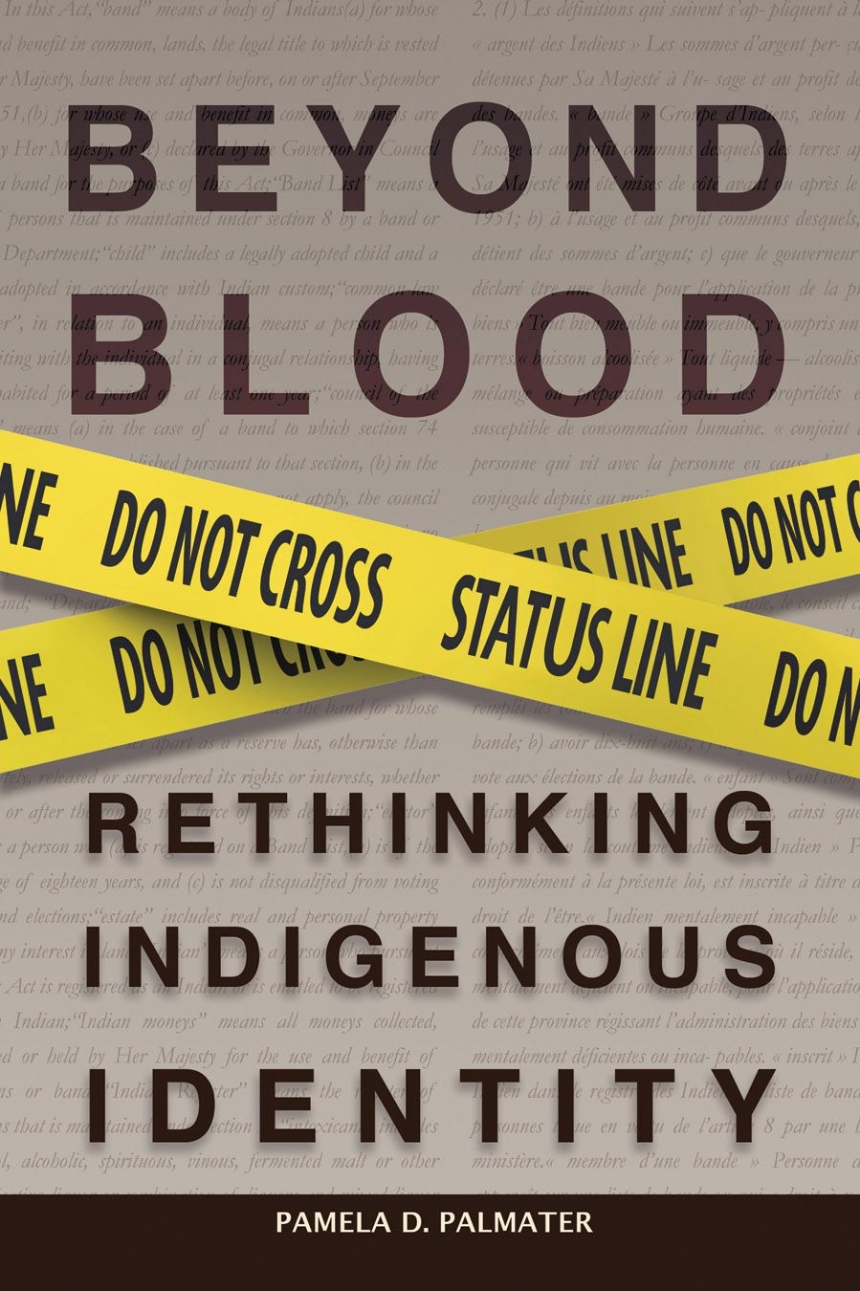The current Status criteria of theIndian Act contains descent-based rules akin to blood quantum that are particularly discriminatory against women and their descendants, which author Pamela Palmater argues will lead to the extinguishment of First Nations as legal and constitutional entities. Beginning with an historic overview of legislative enactments defining Indian status and their impact on First Nations, the author examines contemporary court rulings dealing with Indigenous identity, Aboriginal rights, and the Canadian Charter of Rights and Freedoms. Palmater also examines band membership codes to determine if their reliance on status criteria perpetuates discrimination. She offers changes for determining Indigenous identity and citizenship and argues that First Nations must determine citizenship themselves.
Table of Contents
Forewords by First Nations Chiefs / Chief Bill Montour, Six Nations of the Grand River; Chief Candice Paul, St. Mary’s First Nation; Chief Lawrence Paul, Millbrook First Nation; Chief Isadore Day, Serpent River First Nation
Introduction: A Mi’kmaq Woman
1. Legislated Identity: Control, Division, and Assimilation
The Honour of the Crown
Labels and Politics
From Peoples to Indians
The Future of a People
2. The Right to Determine Citizenship
Aboriginal Identity in a Liberal Democracy
Aboriginal Rights in Canada
Powerful Rights and Limits on Power
3. The Right to Belong: Charter Equality for Non-Status Indians
Indian Act Inequality
Charter Equality
Remedying Inequality for Non-Status Indians
4. Band Membership vs. Self-Government Citizenship
Band Membership
Self-Government Citizenship
Rethinking Indigenous Identity and Belonging
Conclusion: Beyond Blood
Appendix
Notes
Index
